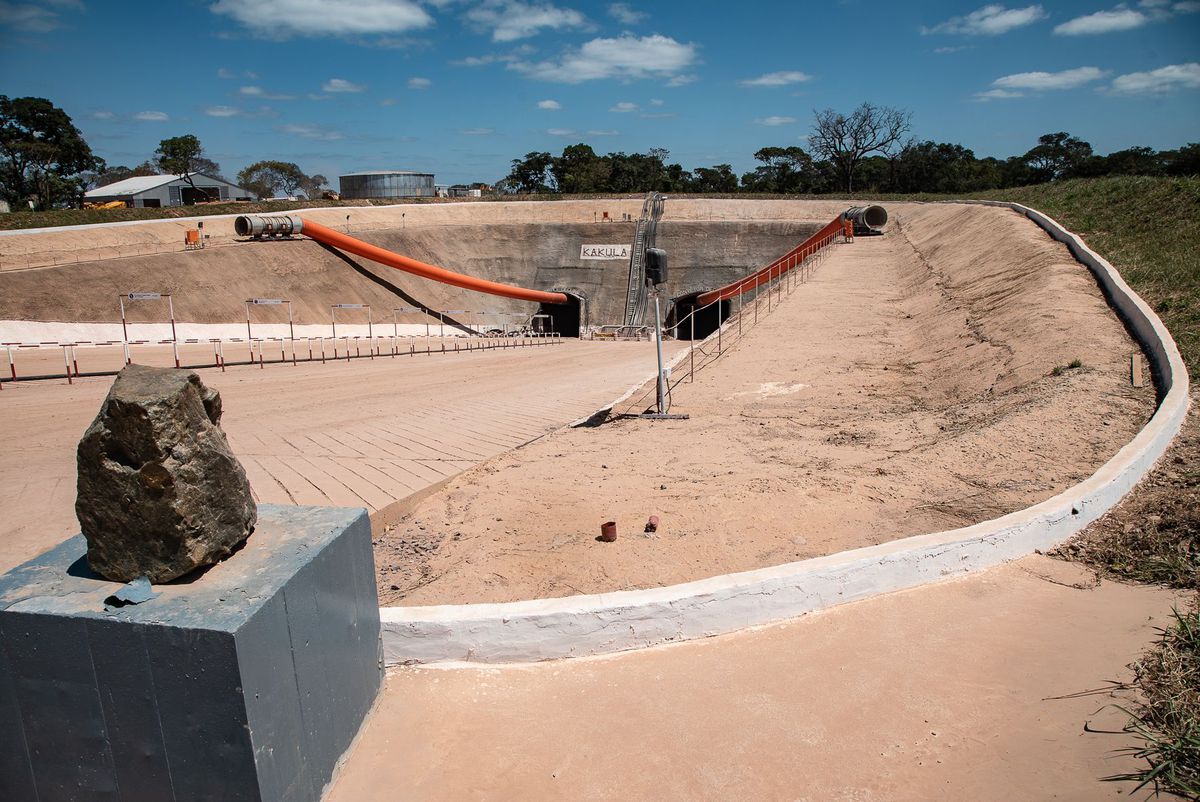The mining industry is promoting a growing number of metals as green.
Others, factoring in the full life cycle of metals from the ground to the customer, deem the framing deceptive and misleading.
“Like every other industry, mining has to paint itself in an ESG cloth right now,” said Rick Rule, former CEO of Sprott U.S.
One of the earliest mentions of green metals came from mining executive Robert Friedland, founder of copper miner Ivanhoe Mines Ltd.
, which gets the biggest percentage of its revenue from mining metallurgical coal, is also marketing itself more and more as a green miner.
That’s not only because of the damaging environmental effects of mining, but also because only a small part of demand for copper ends up in alternative-energy uses.
“Calling copper green, if it doesn’t have a net-zero carbon footprint, or a really reduced carbon footprint, it’s very hard to make the case,” Dr.
The World Bank study said that many of the growing green-power technologies, such as wind, solar and battery-storage plants, require significantly more minerals than fossil-fuel-powered plants during their construction phases.
For instance, according to a recent report from the investment bank Jefferies Group, the average electric car must be driven for 200,000 kilometres to deliver total “whole-of-life” emissions that are lower than internal-combustion-powered cars.
Metals that have the most widespread green-energy applications include cobalt, lithium and graphite, with demand projected to rise by more than 460 per cent, 490 per cent and 495 per cent, respectively, by 2050.
China produces nearly 70 per cent of the world’s natural graphite, while the DRC produces more than 60 per cent of the world’s cobalt.
Globally the mining industry is making considerable strides to improve its environmental footprint, often because investors are demanding it.
Largely by dint of abundant hydroelectricity, Canada is ahead of many countries when it comes to a greener mining infrastructure.
A number of the country’s biggest base-metals mines, including Voisey’s Bay in Labrador and Raglan in northern Quebec, are largely dependent on diesel generators for power.
No matter what progress is made, a degree of negative environmental impact is inevitable in mining.
